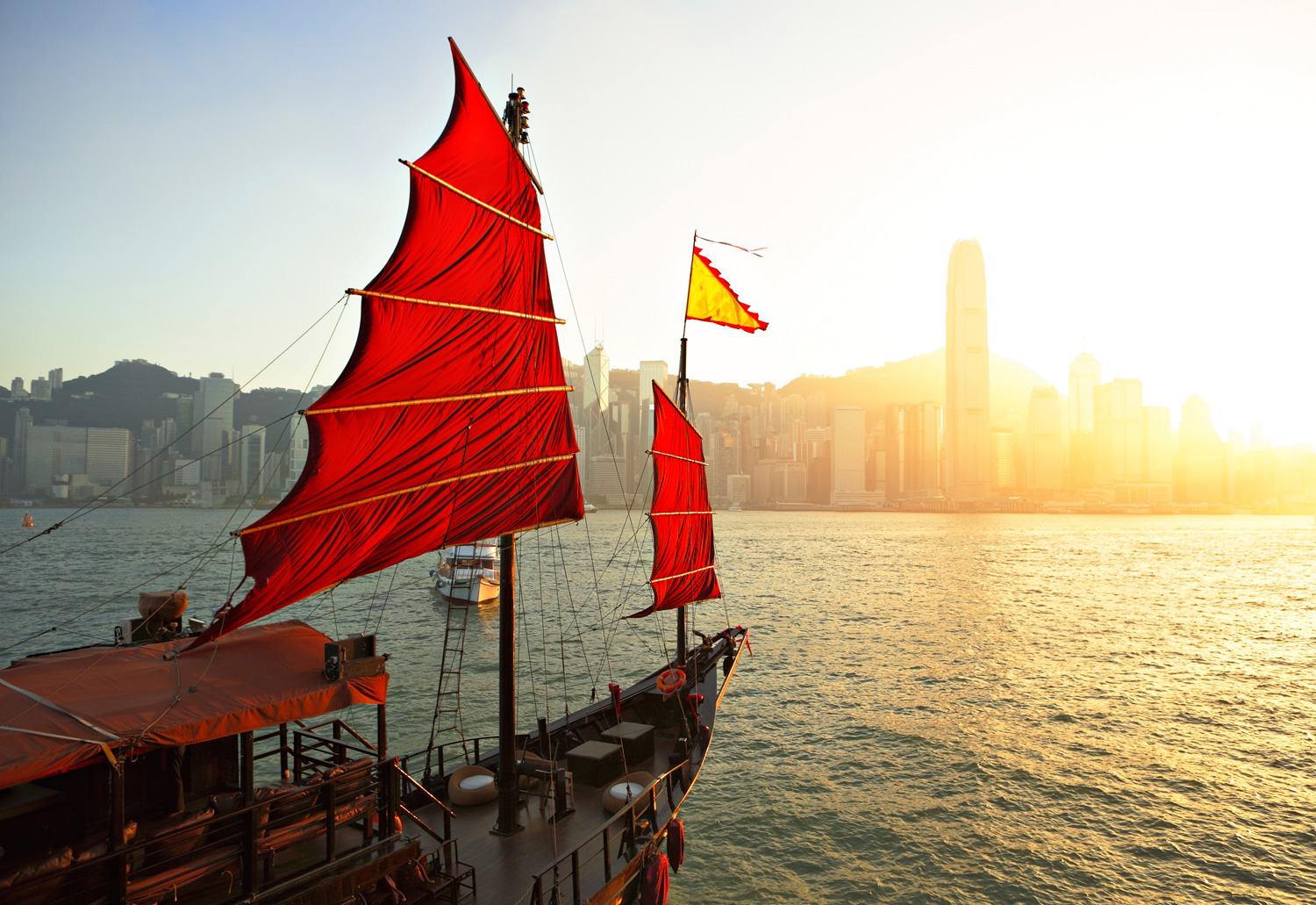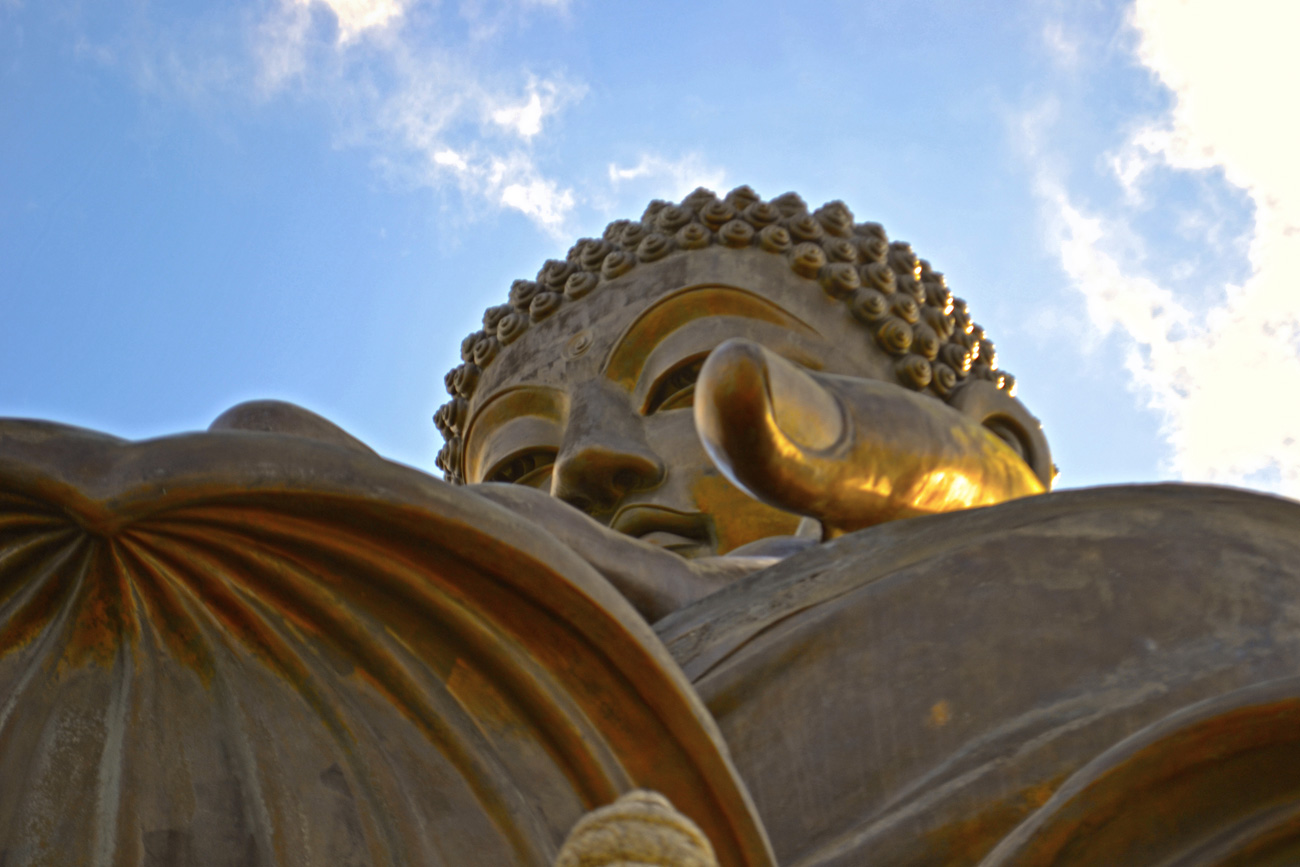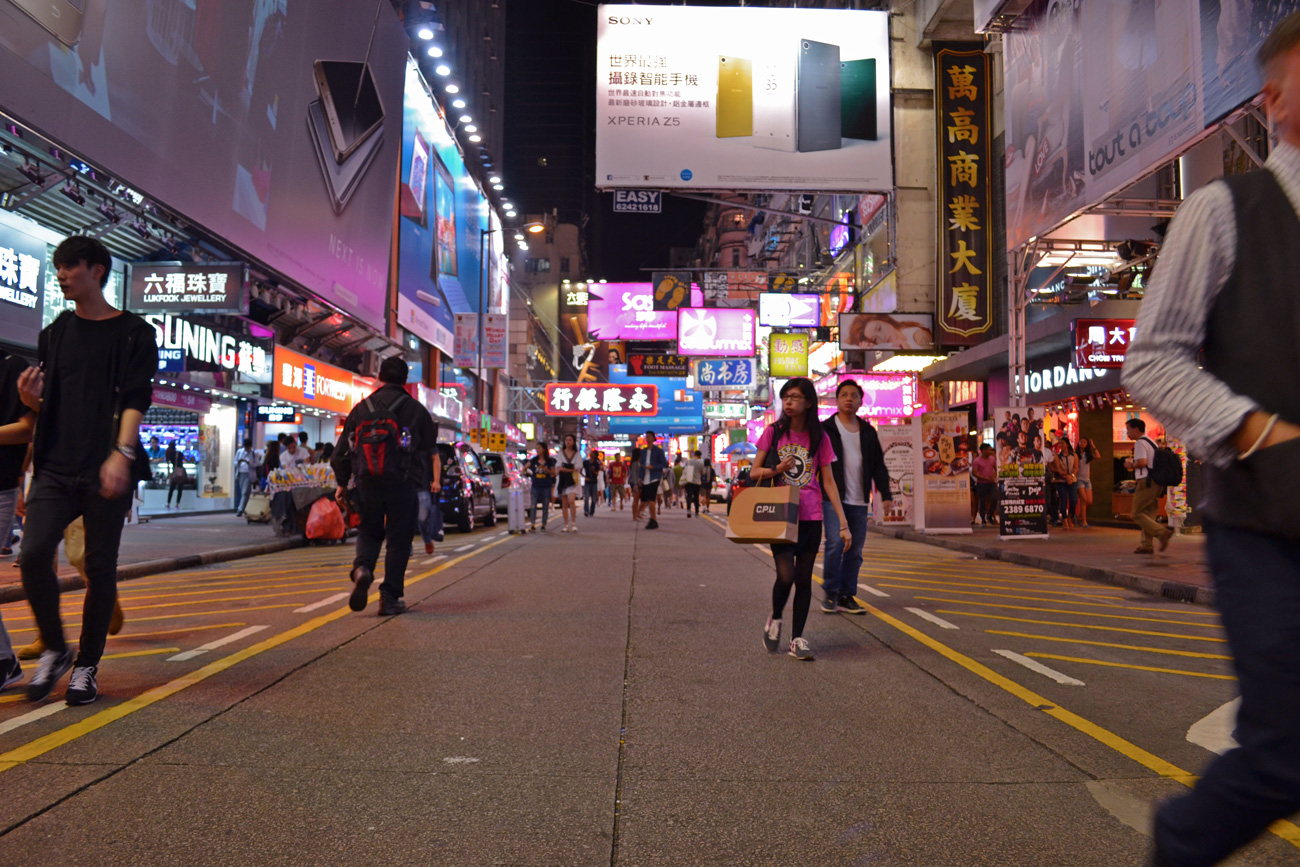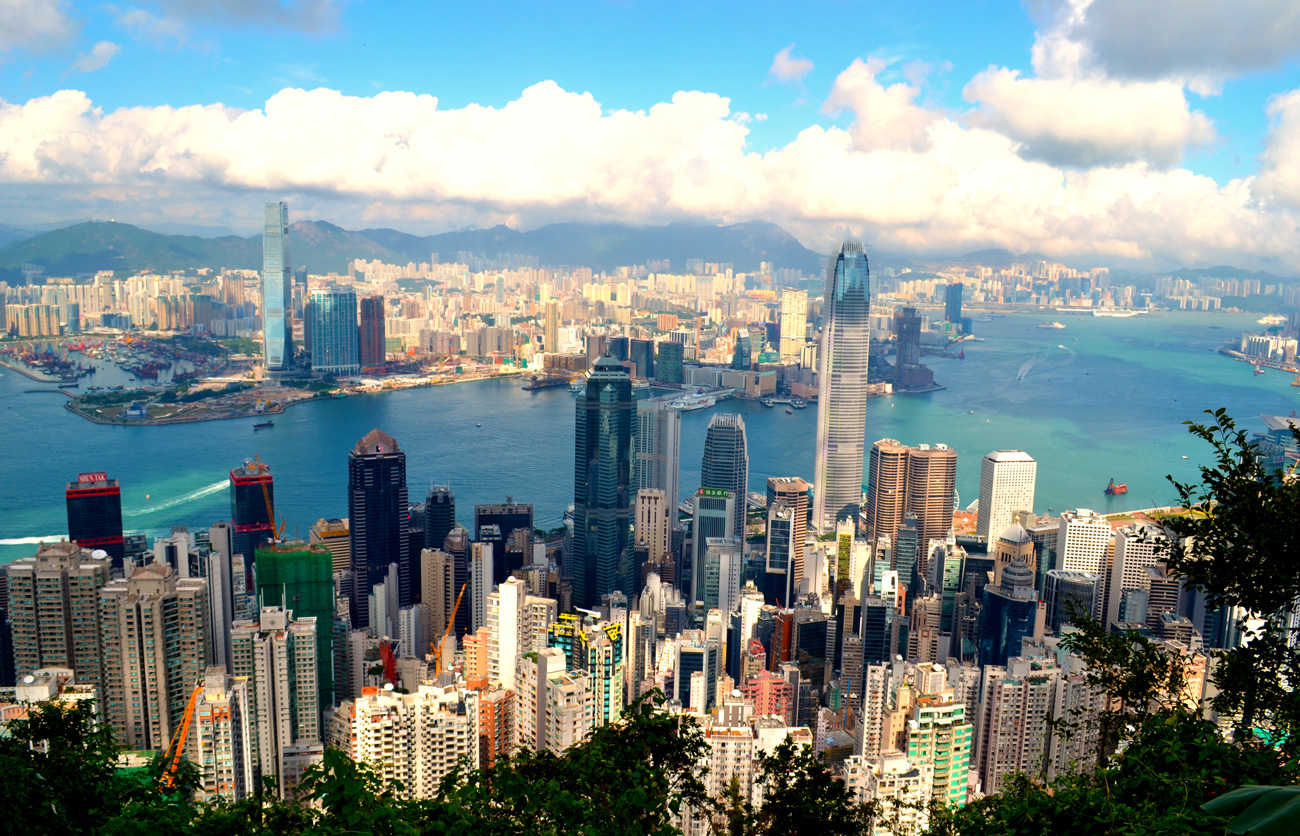Discover Hong Kong
Hong Kong is the destination for people who equate a great holiday with shopping success. Travel guides suggest the only thing to do there is shop in one of the new malls that are constantly cropping up. But when you’re done searching for designer labels or bargains in the Chinese markets, the city has many secrets left to reveal.

A fascinating mix of the modern and traditional, Hong Kong offers adventures at every turn.
From the Peak on Honk Kong Island the city lays stretched out below you. Take the tram up an incline so steep you need to hang on to your bag to prevent from sliding to the back of the carriage. Ride past the shopping mall and find the stunning view of the city. Boats, large and small, fill the harbour, giving way to a city of skyscrapers bound by lush green mountains.
Take the early ferry to Lantau Island, an hour from Honk Kong, to visit the Po Lin Buddhist monastery. Home to the greatest Buddha on Earth, it is best seen at dawn. As contemplation ends, go down to the shore to enjoy a meal of seafood fresh off the sampans. Or wait around to take the Ngong Ping 360 cable car. Ride in one of the Crystal Cabins if you dare. Its vertigo-inducing glass floor gives you a bird’s eye view of the bay as you rise hundreds of metres up to the Buddha.

Tian Tan Buddha, also known as the Big Buddha, is a massive bronze statue of a Sakyamuni Buddha, completed in 1993, at Ngong Ping, Lantau Island, in Hong Kong. Visitors have to scale 260 steps to get to the 34-metre high statue. It sits atop the peak of Mount Muk Yue.
The island and its archipelago offers a variety of beaches, from teenager-overrun Shek O in the east to laid back Lo So Shing Beach on Lamma Island. The island is home to woods teeming with butterflies and a walk through them is the best antidote to an afternoon of bucket and spades.
The green and white Star Ferries still sail between Hong Kong and Tsim Sha Tsui in Kowloon as it has done for more than a century but Hong Kong is fluid. Ever-changing. Even a society as conservative and resistant to change cannot hold back the waves as youthful residents return from lives in Los Angeles, Toronto and Tokyo.
Previously sedate working-class districts like Tai Hang and Kennedy Town are earning the new Soho label as the profusion of those car repair shops, traditional cafes and dai pai dongs (open-air food stalls) give way to hipster bars and restaurants.
The city is a buffet of freeflowing seafood and sashimi, Italian carpaccio, Japanese tonkatsu (deep-fried breaded pork cutlet), dim sum and curries. Google search results are brimming with words like “foodie” and “heaven”.

Situated in Kowloon, Mong Kok’s literal translation is “busy corner”. The shopping district is a haven for tech junkies, foodies and jocks in search of quality branded items. Look out for food booths that sell anything from traditional fish balls and fried tofu to western-styled fried chicken.
At the end of the day head over to the East End Brewery, with its tagline ‘”Let no man thirst for want of real ale” and enjoy a pale ale surrounded by Hong Kong’s be-suited management class. Enjoy the endless supply of monkey nuts and do as the locals and drop the shells on the floor.
Hong Kong was the island that offered a home to Chinese fleeing Communist rule on mainland China. It has always had a sense of impermanence and yet it is rooted in traditions of its fishermen. If you’re really lucky you may yet witness a tradition described in Alice Greenway’s novel White Ghost Girls.
The fishermen load each tiny paper boat with some tea leaves, a drop of cooking oil, a spoonful of rice, a splash of petrol, before setting it afloat. Boats for the lost at sea, for the drowned. They hire musicians to clang cymbals. Children throw burning spirit money into the waves.”

The highest mountain in Hong Kong at 552 metres, Victoria Peak affords one a panoramic view of Central, Victoria Harbour and Lamma Island. Its altitude gives the peak a temperate climate, a respite from the rest of the city’s subtropical weather.


